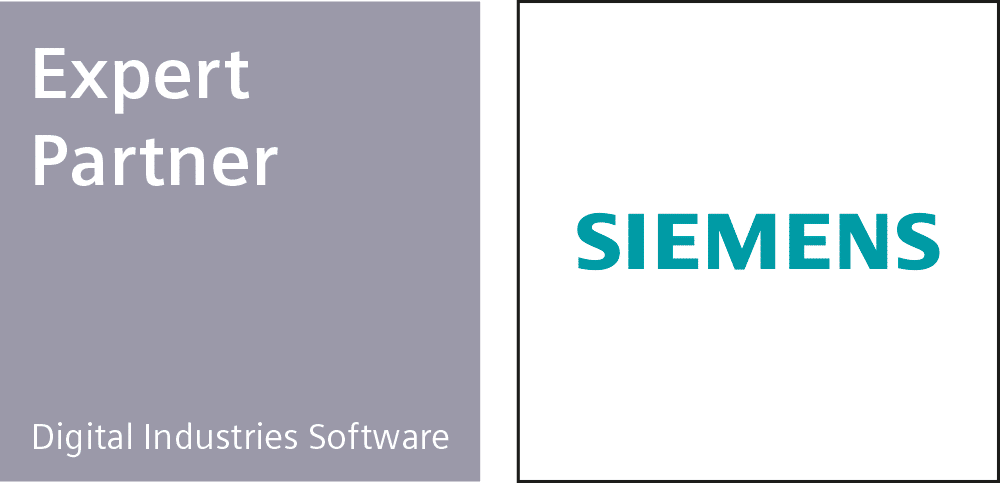DIRECTLY LAYING CABLES IN THE VEHICLE USED TO BE SUFFICIENT TO CONNECT THE FEW EXISTING ELECTRICAL COMPONENTS. MODERN COMMERCIAL VEHICLES, ON THE OTHER HAND, HAVE COMPLEX WIRING HARNESSES THAT CAN ONLY BE DEVELOPED AND MANUFACTURED EFFICIENTLY WITH THE HELP OF POWERFUL SOFTWARE SOLUTIONS.

The number of electronic and electrical (E/E) components installed in modern off-road vehicles is increasing dramatically. Many OEMs overlook the fact that their own product development and the tools they use have to keep up with this constant progress. Simply "pulling strings" directly during assembly is just as out of date as using PDF drawings and Excel spreadsheets to design the wiring harness. Added to this is the fact that
smart products increasingly require automated, data-driven development processes. If the development of the wiring harness is not directly integrated into the mechanical design, but instead takes place through manual data exchange, avoidable errors occur far too often. As a result, the line sets are not realized in the required quality and time. OEMs that do not change their thinking here tie up important resources that are actually urgently needed for innovations and new developments.
Digitized solutions and automated processes in wiring harness development generate added value along the entire product development process in the classic automotive industry as well as in the commercial vehicle sector. By avoiding manual steps such as entering connection data or parts lists from PDF drawings, the risk of incorrect entries is reduced and data transfer is accelerated. The integration between mechanical and electrical design simplifies the consideration of available installation spaces in the 3D model as well as the use of exact cable lengths when analyzing the electrical behavior of wiring harnesses. The direct, digital transfer of approved development data from the OEM to the harness manufacturer also saves time and costs.
Interdisciplinary data exchange using Siemens Capital reduces the development time for line sets by up to 50 %.
Customers from the automotive industry have been able to halve the development time for the wiring harness by using Capital. The agricultural machinery manufacturer CHNi therefore also relies on Siemens Capital. In addition, CHNi benefits from the ability to test and evaluate different architectures quickly and directly in the development environment.
Siemens Capital paves the way for digital wiring system and wiring harness development based on digital models and the digital twin. Capital offers commercial vehicle manufacturers an easy way to create a model of the wiring diagram or wiring harness and exchange it efficiently with their suppliers for further manufacturing. What sets Capital apart is that it is freely configurable and integrates with many applications and tools from related development areas. Due to its easy scalability, the software can be flexibly adapted to individual requirements and existing work processes, so that applications ranging from small wire harnesses to large EE systems can be covered as needed. With Siemens Capital, development processes from electronics development to product design are consistently linked and automated, which sustainably reduces development time and costs.
Do you want to learn more about how you can develop your lead set with Capital and take advantage of digital product development?
Then contact us.
We would also be happy to support you in the digitalization of your E/E development processes with our extensive know-how.





















